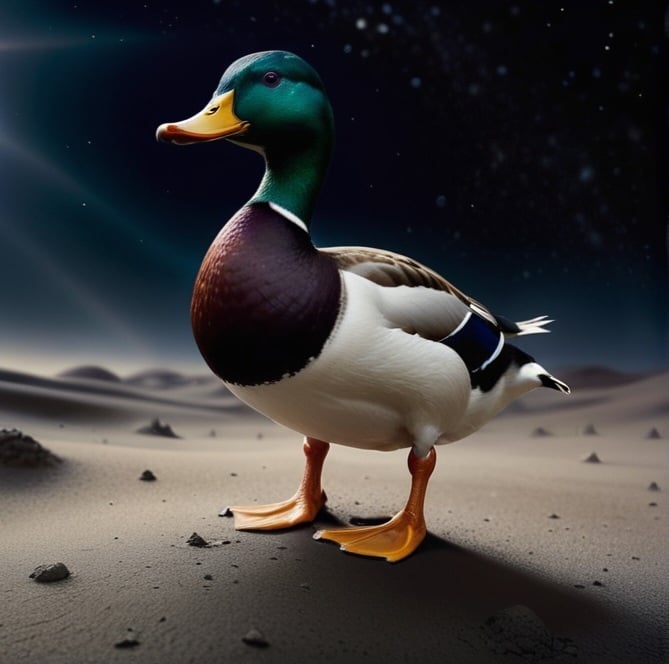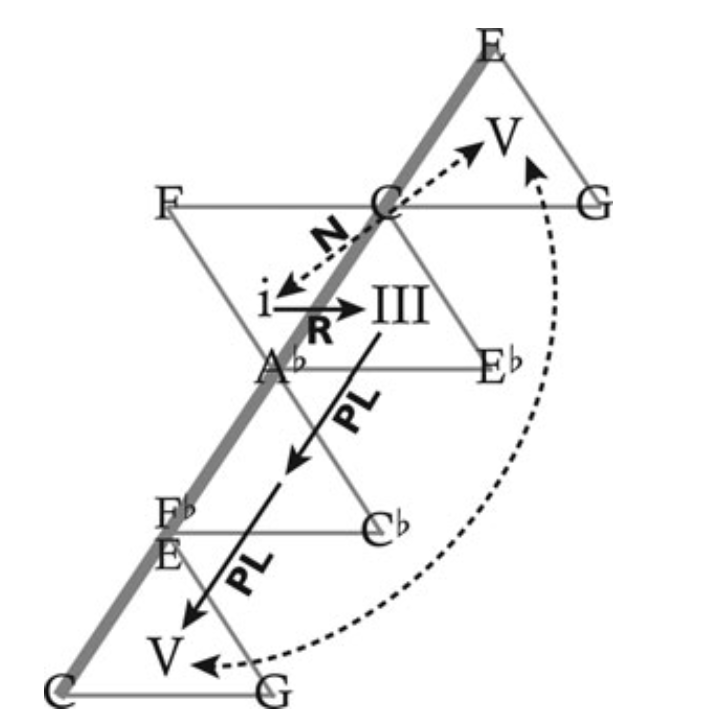Hi all,
I’m not a musician, but this seems to be the place to ask this question, as I guess it’s about music theory? If I’m in the wrong place apologies!
I have been getting into a lot of (predominantly Scottish) folk music lately, and I’ve noticed an odd thing about a lot of tracks. They will start off one way, and about half way through the tone of the music changes completely. It’s almost as if the artists have just strung two different melodies together into one track. Here’s a couple of examples:
At ~2:25
And here at ~3:00
Here’s an example from a non Scottish folk artist. At ~1:50
The last one is interesting because the name of the track is “The wedding / Because he was” Which implies that it is indeed two separate pieces of music rolled into one track.
Is there a name for this sort of transition? It’s obviously not all folk music I listen to, but I’ve never really came across this jarring change in melody in other genres (unless I just haven’t been looking hard enough!)
If it does have a name it may help me to find more of this style of music, because u really do quite like it when a track does this!
Cheers in advance for any help!
I’m not in a place where I can listen right now, but it’s not uncommon for Scottish music to have a “set” of 2 or 3 tunes commonly played together back to back. You’ll see it a lot with marches, jigs, and reels
Ah so this is just a “feature” of folk music then? I’m guessing this is just the nature of how much of this music is played live then. Thank you!
I know it’s an old post, but anyway.
The song that consists of two songs is just a Medley, where one song continues into the next. The others are more interesting because they do the changes for different reasons, usually to change the mood.
Folk music is Modal, which is different from classical music etc. which is Tonal.
Modal music is based on scales and Tonal music is based on chord progressions, roughly speaking. They’re completely different ways of approaching music theory.
Both kinds can change from one scale to another, but in tonal music it will usually happen gradually and by leading the melodies through fluid modulations from one scale to the next, so that the change is expected by the listener before it happens.
Modal music doesn’t have as many criteria for what is right or wrong and can therefore make more abrupt changes which will sound more surprising. I’m not sure the transition has any specific name. It’s just a change of mode.
In modern music this can also be achieved by mixing tonality and modality. This is called Modal Interchange and technically follows the strict theory while also making use of modal scales. The general idea is to map out all the notes that are “restricted” by the chords following conventional rules and then using all the undefined notes to “legally” play out of the expected scale. Being able to do this on the fly is key to good improvisation, but it can also be used as a basis for entire songs, as in progressive rock/jazz.
It’s an old post but I’m still here :) I’m completely uneducated when it comes to music, I’m just a listener, so I had no idea what tonal and modal were. I’m surprised to read that modal mudic is considered less “sophisticated” than tonal music. I find that a little insulting, though maybe I’m just a simple guy 😅
I can see where the idea that “Modal music doesn’t have as many criteria for what is right or wrong” comes into play with folk music, it really does seem to defy all the rules and just do what it wants!
Also, yeah I totally agree about the change of mood in the others, I honestly never tire of Lily & Dianna’s, such a dramatic change, I love it!
Your last paragraph is going to take some digesting when I’m actually sober (which isn’t right now). I get the feeling I may enjoy Jazz though from what you have said…
Thank you very much for your detailed and expert reply! I really do appreciate it!
In Irish and Scottish instrumental folk music, it’s common to perform a “set” of the same kind of dance tunes. They don’t have to be in the same key or anything. Being the same kind of dance (a jig, for example) guarantees the meter is continuous though.


